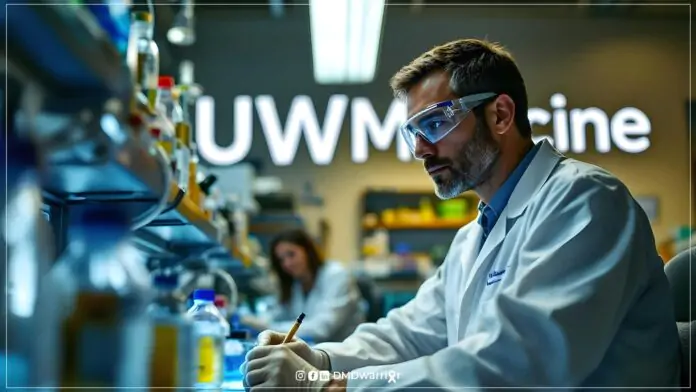对于患有杜氏肌营养不良症 (DMD) 的人来说,一种新型基因疗法有望阻止肌肉流失,并可能在未来修复受损的肌肉。 UW Medicine 表示,该疗法的下一步将进行人体试验,预计将在大约两年后开始。
这项由UW Medicine基因编辑的研究旨在通过在穿梭载体中引入一系列蛋白质包来替换肌肉中受损的DMD基因。肌营养不良症患者体内缺乏的抗肌萎缩蛋白(dystrophin)将由额外的遗传密码产生。
目录
目前,DMD 尚无治愈方法
目前,这种疾病尚无已知的治愈方法,现有的药物和疗法只能减缓其发展。由于缺陷基因位于X染色体上,因此本研究的对象——杜氏肌营养不良症患者全部为男性。他们从四岁开始出现症状,通常在二三十岁时去世。
关于杜氏肌营养不良症的新基因疗法的研究结果发表在《自然》杂志上。 阅读更多 –
杰弗里·张伯伦博士是谁?
该研究的主要作者是UW Medicine的遗传学家和神经学家杰弗里·张伯伦博士,他毕生致力于寻找治疗或治愈肌肉萎缩症的方法。他担任华盛顿大学医学院麦考肌营养不良症捐赠基金主席,并担任韦尔斯通肌营养不良症研究中心主任。
张伯伦实验室的分子生物学家 Hichem Tasfaout 博士负责指导这项研究。
他声称,需要修复的基因“是自然界中最大的基因”,这一事实迄今为止阻碍了研究人员取得进展。迄今为止,将必要的蛋白质修复递送到肌肉及其基因中是不可能的。
UW Medicine 的新基因研究是什么?
这种新方法利用多种腺相关病毒载体(AAV,由病毒产生的微型穿梭机,用于将基因治疗运送到人体细胞中),在小鼠模型中已显示出良好的前景。 这种基因疗法采用的是一系列 AAV,而不是单个 AAV,它从肌肉中提取治疗性蛋白质的片段,并嵌入指令,开始在体内组合所需的基因修复。
人体试验预计将在大约两年内开始
张伯伦表示,人体试验是该疗法的下一阶段,预计将在两年左右开始。
这种方法在实验室中纠正了与营养不良相关的大部分病理,并阻止了病情的进一步发展。张伯伦和塔斯法特希望这种方法最终能够逆转肌肉萎缩,恢复肌肉组织的正常健康。
据张伯伦介绍,最新的方法还利用了一种新型 AAV 载体类型,允许使用较低的剂量,从而减轻或消除了早期方法的许多负面后果。
了解更多: 杜氏肌营养不良症的潜在新基因疗法



